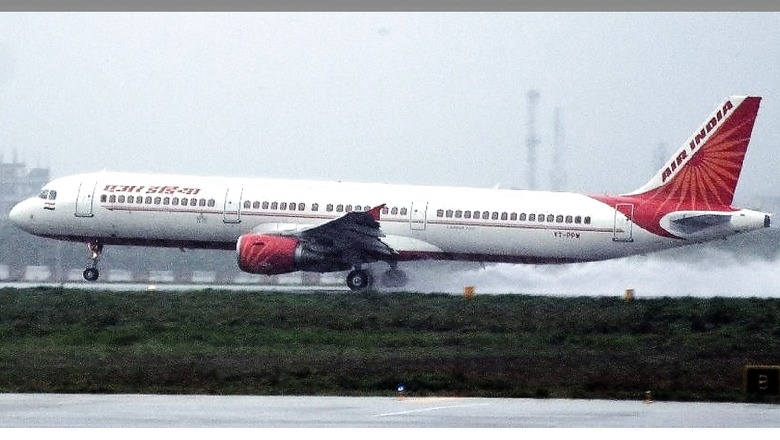
views
Air India aims to have a 30 percent share in domestic and international markets in the next five years as the airline expands services and fleet, its chief Campbell Wilson said on Tuesday. Describing that the revival of Air India is not a “T20 match” but a “Test match”, Wilson said that firstly, the airline wants to restore its reputation, and “we have evidence to indicate that the progress is being made”.
The loss-making carrier, which was taken over by Tata group in January, has put in place the revival plan ‘Vihaan.AI’. Amid reports about broken seats and service issues in some wide-body planes, the Air India chief said it was hopeful of “getting all business class seats in wide-body aircraft in good working order by the end of this month and all the economy class seats by early next year.
Wilson, who is the MD and CEO, told reporters here that Air India aims to have a 30 percent share in domestic and international markets in the next five years. Currently, the airline has a domestic market share of 10 percent and an international market share of 12 percent.
On when the airline’s financial turnaround is expected, Wilson said it is going to be a culmination of many things. As part of the revival, Air India is working on getting grounded aircraft back in the air, procuring spares, and refurbishing carpets and cushions, among other initiatives in the past nine months.
Also Read: Akasa Air Ahmedabad-Bengaluru Flight Cancelled on Technical Grounds, Details Here
According to Wilson, many wide-body planes have already been refreshed and it has also renegotiated many contracts. Among other efforts, the airline has doubled the number of people at call centers to reduce the turnaround time.
‘Vihaan.AI’ is a comprehensive transformation plan with a detailed road map for the next five years. About the turnaround plan, Wilson said that taxiing will be the first phase where it will identify and address all of the things that have tarnished or are continuing to tarnish the Air India brand.
The next phase will be takeoff where the carrier will accelerate investments in systems, processes, people, and equipment, including aircraft. After that, it will be the climb phase for the airline, and over the course of five years, the carrier will also look to triple the fleet.
The additional five Boeing 777 planes being leased from next month would be utilised for services to North America, Wilson said. Currently, Tata group has four airlines — Air India, Air India Express, Vistara, and AirAsia India.
The domestic market in India is predominantly a low-cost market. Collectively it makes sense to consider and sell the network as a single network, whether it is full service or low cost, Wilson said. “We will increase the domestic services as we bring more aircraft”.
Noting that Air India’s network has not always been purely commercially driven, he also said that the airline might not resume routes that it had operated pre-pandemic as the economic landscape has changed. While emphasising that Air India is becoming an employer of choice, Wilson said the airline will need much more staff as it expands the fleet.
He also added that historically, Air India has not invested enough in technology. To a query about the synergies between Tata group companies helping the revival of Air India, the CEO said there is a huge sharing of intellectual property, practice, and business expertise, among others.
The airline will be inducting 5 wide-body Boeing and 25 Airbus narrow-body planes over the next 15 months. The aircraft being leased are 21 Airbus A320 Neos, 4 Airbus A321 neos, and 5 Boeing B777-200LRs. Air India’s narrow-body fleet stands at 70 aircraft. Out of them, 54 are in service and the remaining 16 aircraft will progressively return to service by early 2023. The wide-body fleet stands at 43 aircraft, of which 33 are operational. The rest will return to service by early 2023, it had said in September.
Read all the Latest Auto News and Breaking News here



















Comments
0 comment